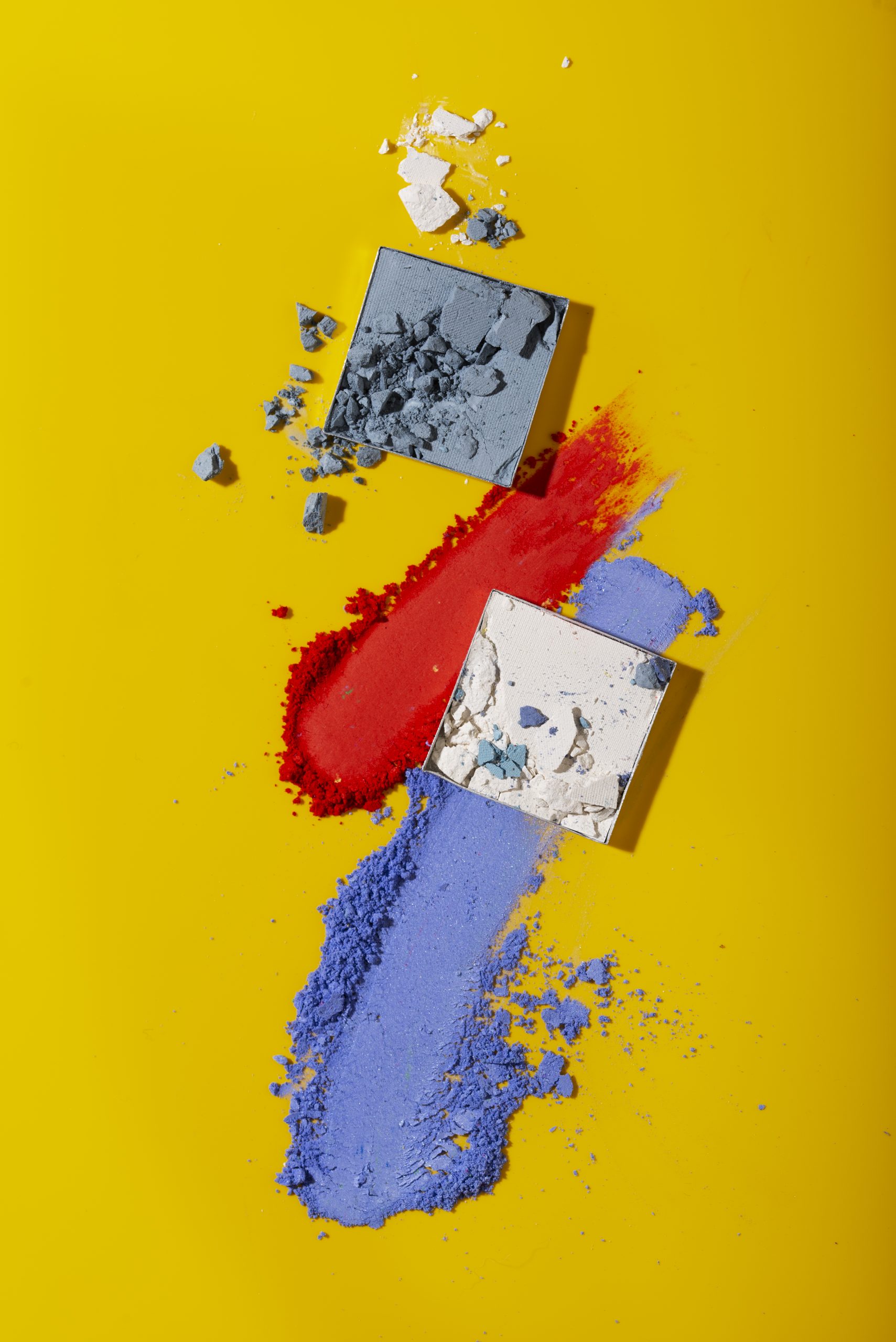The Beauty of Minimalist Art: How to Create with Less
Minimalist art embraces simplicity, focusing on the essentials to evoke powerful emotions and a sense of balance. It’s a celebration of “less is more,” where every element has purpose and meaning. Here’s how to approach creating and appreciating minimalist art.
1. Understanding Minimalism in Art
Minimalism strips away excess to highlight the purity of form, color, and texture. It often uses clean lines, neutral tones, and negative space to create impactful pieces.
- Core Idea: The focus is on essentials—eliminating distractions to let the art speak for itself.
- Famous Examples: Works by artists like Donald Judd, Agnes Martin, and Dan Flavin embody this philosophy.
2. Creating Minimalist Art: Key Principles
If you want to create minimalist art, focus on intentionality. Every stroke, shape, or material should contribute to the overall concept.
a. Limit Your Color Palette
Minimalist art often relies on neutral tones, monochromatic schemes, or a few carefully chosen colors.
- Why It Works: A simple palette enhances focus and harmony.
- Pro Tip: Experiment with shades of white, gray, or soft earth tones.
b. Emphasize Negative Space
Negative space (the empty area around your subject) is a key element in minimalist art.
- Why It’s Important: It creates balance and draws attention to the focal point.
- How to Use It: Leave intentional gaps to highlight the main subject.
c. Focus on Form and Texture
Without embellishment, the form and texture of the medium become vital.
- Examples: Subtle brushstrokes, smooth surfaces, or rough canvas textures add depth.
3. The Emotional Power of Minimalism
Minimalist art connects with viewers by evoking calm, focus, and introspection.
- Why It Resonates: It invites personal interpretation and creates a meditative experience.
- How to Appreciate It: Spend time observing the interplay of elements—notice the subtle details.
4. Tips for Incorporating Minimalist Art into Your Space
Minimalist art isn’t just about creation—it’s also about how you display it.
- Choose a Statement Piece: A single minimalist painting or sculpture can elevate a room.
- Keep Surroundings Simple: Pair the art with clean, uncluttered decor to maintain the aesthetic.
- Play with Lighting: Soft, natural lighting enhances the simplicity and elegance of minimalist art.
Final Thoughts
Minimalist art may appear simple, but its beauty lies in the depth and thoughtfulness behind each element. Whether you’re creating your own work or curating a minimalist collection, remember that less truly can be more when it’s done with intention.



